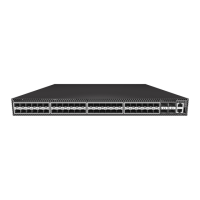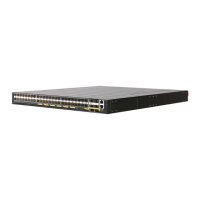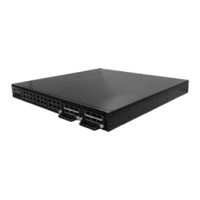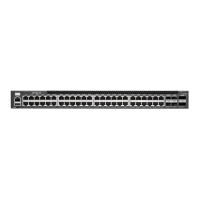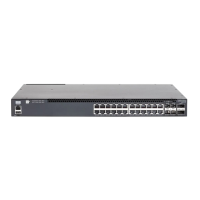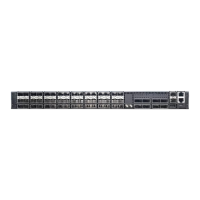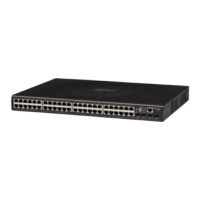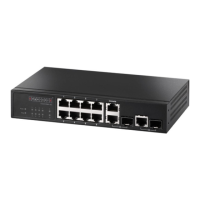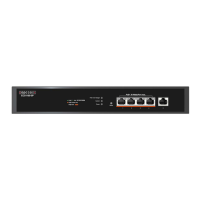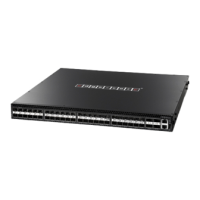Chapter 29
| IP Routing Commands
Open Shortest Path First (OSPFv2)
– 851 –
Example
This example enables message-digest authentication for the specified area.
Console(config-router)#area 10.3.0.0 authentication
Console(config-router)#
Related Commands
ip ospf authentication-key (859)
ip ospf message-digest-key (862)
area nssa This command defines a not-so-stubby area (NSSA). To remove an NSSA, use the no
form without any optional keywords. To remove an optional attribute, use the no
form without the relevant keyword.
Syntax
[no] area area-id nssa
[translator-role [candidate | never | always]] |
[no-redistribution] | [no-summary] | [default-information-originate
[metric metric-value | metric-type type-value]]
area-id - Identifies the NSSA. The area ID can be in the form of an IPv4
address or as a four octet unsigned integer ranging from 0-4294967295.
translator-role - Indicates NSSA-ABR translator role for Type 5 external
LSAs.
candidate - Router translates NSSA LSAs to Type-5 external LSAs if
elected.
never - Router never translates NSSA LSAs to Type-5 external LSAs.
always - Router always translates NSSA LSAs to Type-5 external LSAs.
no-redistribution - Use this keyword when the router is an NSSA Area
Border Router (ABR) and you want the redistribute command to import
routes only into normal areas, and not into the NSSA. In other words, this
keyword prevents the NSSA ABR from advertising external routing
information (learned via routers in other areas) into the NSSA.
no-summary - Allows an area to retain standard NSSA features, but does
not inject inter-area routes into this area.
default-information-originate - When the router is an NSSA Area Border
Router (ABR) or an NSSA Autonomous System Boundary Router (ASBR), this
parameter causes it to generate Type-7 default LSA into the NSSA. This
default provides a route to other areas within the AS for an NSSA ABR, or to
areas outside the AS for an NSSA ASBR.
metric-value - Metric assigned to Type-7 default LSAs.
(Range: 1-16777214: Default: 1)

